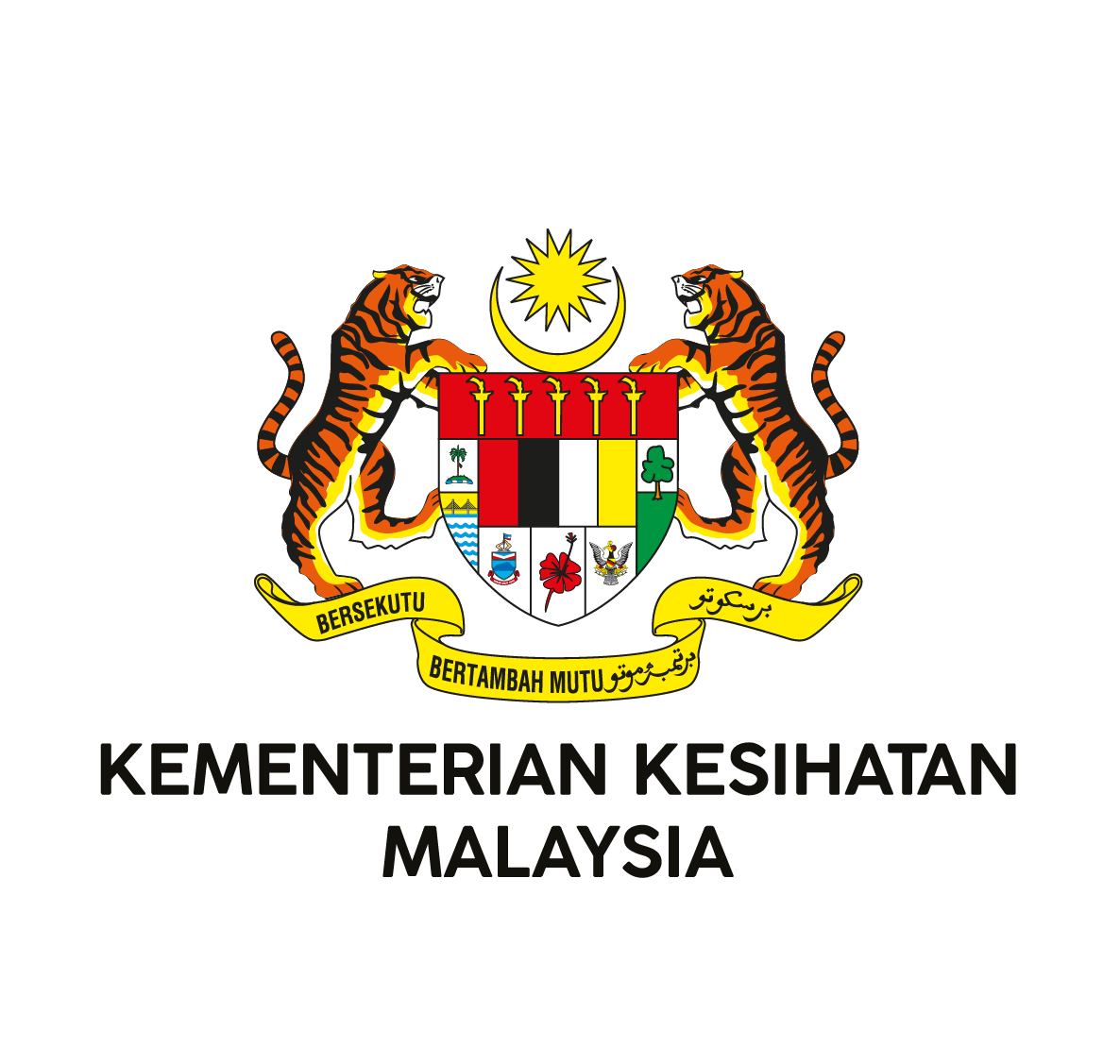Study Objectives
1. To determine the incidence rate and the risk factors (sociodemographic, dietary, psychosocial, biological such as genomics/genetics, glycoproteomics, metabolomics, proteomics, lipidomics, cytokines and adipokines, hormonal, biochemical) and their interaction for:
- the development and progression of renal impairment and chronic renal failure
- the development and progression of diabetic retinopathy
- the development of angina pectoris and myocardial infarction
- the development of transient ischaemic attack and stroke
- the development of limb gangrene
- the development of diabetic neuropathy
- hospitalisation and mortality
2. To determine the incidence rates and risk factors (sociodemographic, dietary, psychosocial, biological such as genomics/genetics, glycoproteomics, metabolomics, proteomics, lipidomics, cytokines and adipokines, hormonal, biochemical) and their interaction for:
- the development and progression of insulin resistance
- the development and progression of impaired glucose tolerance
- the development and progression of diabetes
3. To determine the incidence rate and risk factors for the development of diabetes in household family membersof diabetic patients.
- the development and progression of insulin resistance
- the development and progression of impaired glucose tolerance
- the development and progression of diabetes
4. To develop:
- predictive biomarkers
- statistical models and algorithms
- diabetes complications risk score for patients with diabetes and their household family members


